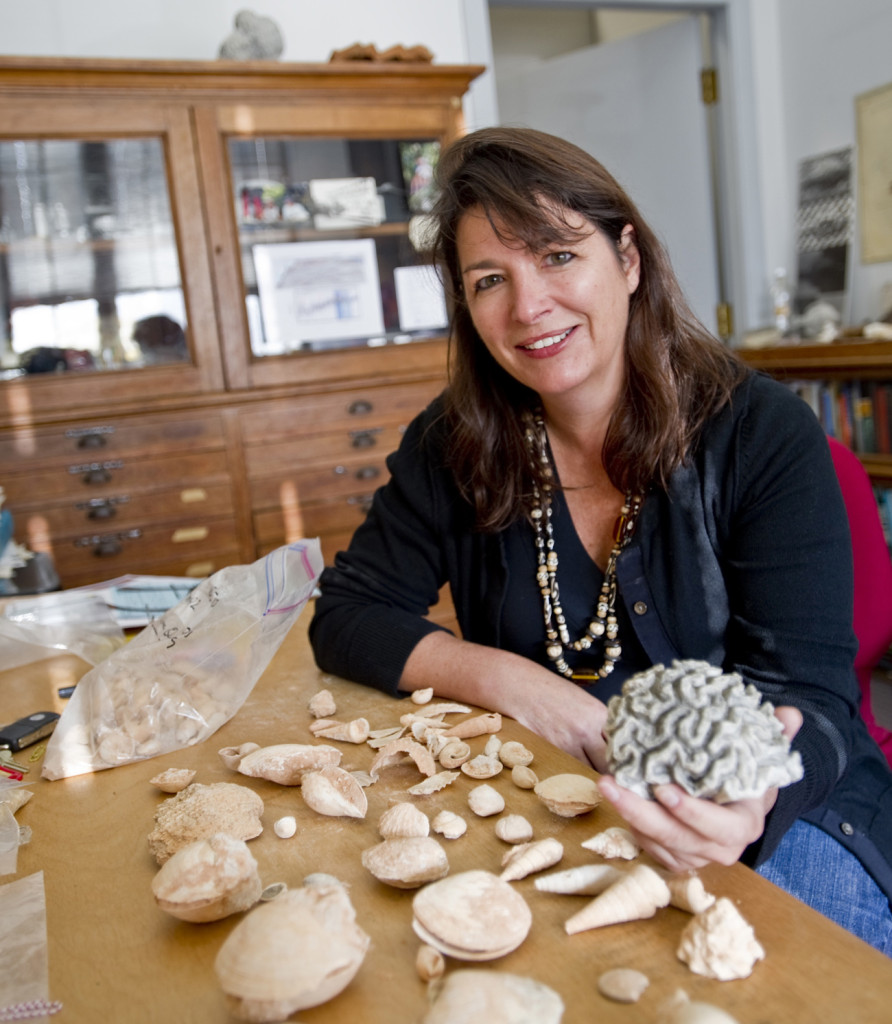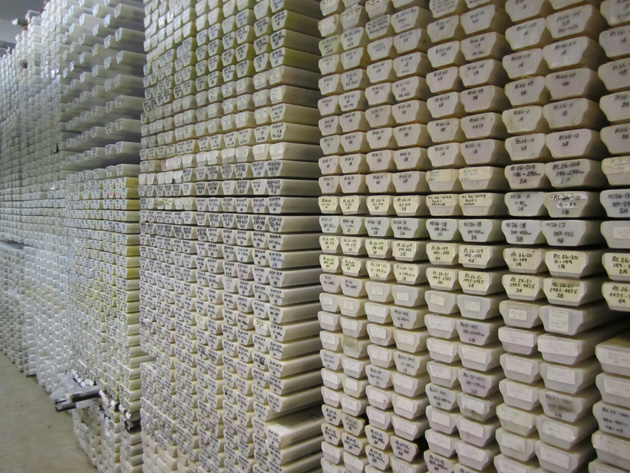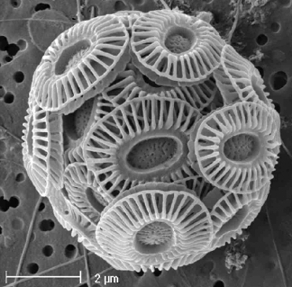“Climate Change and What You Can Do about It” plus “Using LDEO Core Repository Resources in Your Classroom”
with Maureen Raymo (Bruce C Heezen Research Professor), Nichole Anest (Curator), Clara Chang, Ashley Braunthal
Originally Presented on 18 Nov 2017
Maureen (Mo) Raymo is the Bruce C Heezen Lamont Research Professor and Director of the Lamont-Doherty Core Repository. Maureen is a paleoceanographer/marine geologist who studies the history and causes of climate change in the Earth’s past. She recalls that by age eight, she wanted to be an oceanographer. As a college freshman at Brown University, Maureen discovered the field of paleoclimatology. In the summer of 2011, Maureen returned to Lamont, where she earned her Ph.D. in the late 80s. You can learn more about her interests and projects through her website.

View Mo’s Climate Talk
The Lamont-Doherty Core Repository is an NSF and LDEO funded facility that serves the Earth Science research community and fosters public awareness of the importance of basic research on Earth’s history and processes. The LDCR contains one of the world’s most unique and important collection of scientific samples from the deep sea. Sediment cores from every major ocean and sea are archived at the Core Repository. The collection contains approximately 72,000 meters of core composed of 9,700 piston cores; 7,000 trigger weight cores; and 2,000 other cores such as box, kasten, and large diameter gravity cores. We also hold 4,000 dredge and grab samples, including a large collection of manganese nodules, many of which were recovered by submersibles. Over 100,000 residues are stored and are available for sampling where core material is expended. In addition to physical samples, a database of the Lamont core collection has been maintained for nearly 50 years and contains information on the geographic location of each collection site, core length, mineralogy and paleontology, lithology, and structure, and more recently, the full text of megascopic descriptions.
Over the nearly seven decades of its existence, this unique and unparalleled facility has evolved from the scientific collection of a small number of extraordinary Lamont scientists to the present-day repository which serves the national and international Earth Science community. Maurice Ewing’s foresight in collecting “A core-a-day” created a scientific legacy that now constitutes one of Earth Science’s foremost oceanographic and geologic resources. It is because of this function, service to the community, that the LDCR receives significant operational funding from the National Science Foundation.

The Repository is proud to have a new Visualization Wall. Open the link to learn more about the many resources available in its displays.
.jpg)
VIEW THE INTRODUCTORY SLIDE SHOW pdf version pptx version
SELECTED EDUCATIONAL ACTIVITIES
“Questions to Enhance Your Visit to the LDEO Core Repository” pdf version Word version
“Deep-Sea Sediments: Where Do They Deposit and Why?” (activity using cores in the Repository)
Questions without answers pdf version Word version
Questions with answers pdf version Word version
“Nannofossils Reveal Seafloor Spreading Truth”
Information sheets (from the JOIDES Resolution Classroom Activities) Graph accompanying the information sheet (for printing)
“Small Creatures, Big Science — Identifying Microfossils”
Online version of the poster (from the JOIDES Resolution Classroom Posters) Activity sheet to accompany poster (for printing)

http://www.microscopy-uk.org.uk/mag/indexmag.html?http://www.microscopy-uk.org.uk/mag/artmar00/forwim.html
“Climate Change Activities” (from UCAR Center for Science Education)
“Climate and Global Change Activities” (from Windows to the Universe)
“Climate Change Activities and Games” (from ClimateChangeLive)
“Climate History from Deep-Sea Sediments” (Taber et al. from Earth Exploration Toolbook)
“Marine Microfossils and Biostratigraphy” (Leckie, et al. from “Teaching Paleontology in the 21st Century)
“Learning about Marine Sediments Using Real Data” (St. John et al., from “Teaching Introductory Geoscience Courses in the 21st Century”)
“Paleoclimatology Data” (from NOAA National Centers for Environmental Information)

http://www.soes.soton.ac.uk/staff/tt/
SELECTED ADDITIONAL RESOURCES
American Meteorological Society DataStreme Earth’s Climate System
NASA Global Climate Change Vital Signs of the Planet
“NASA’s time-lapse of Earth’s 20 years showing how the planet is changing”
National Climate Assessment 2014 (NCA2014)
ADDITIONAL INFORMATION AND RESOURCES WILL BE POSTED SOON

